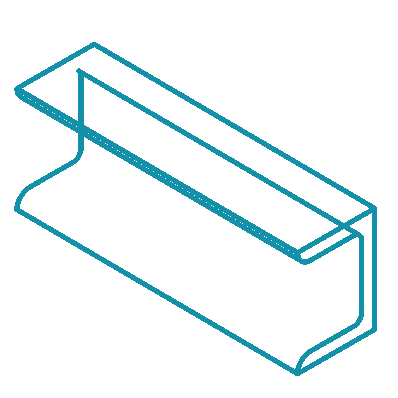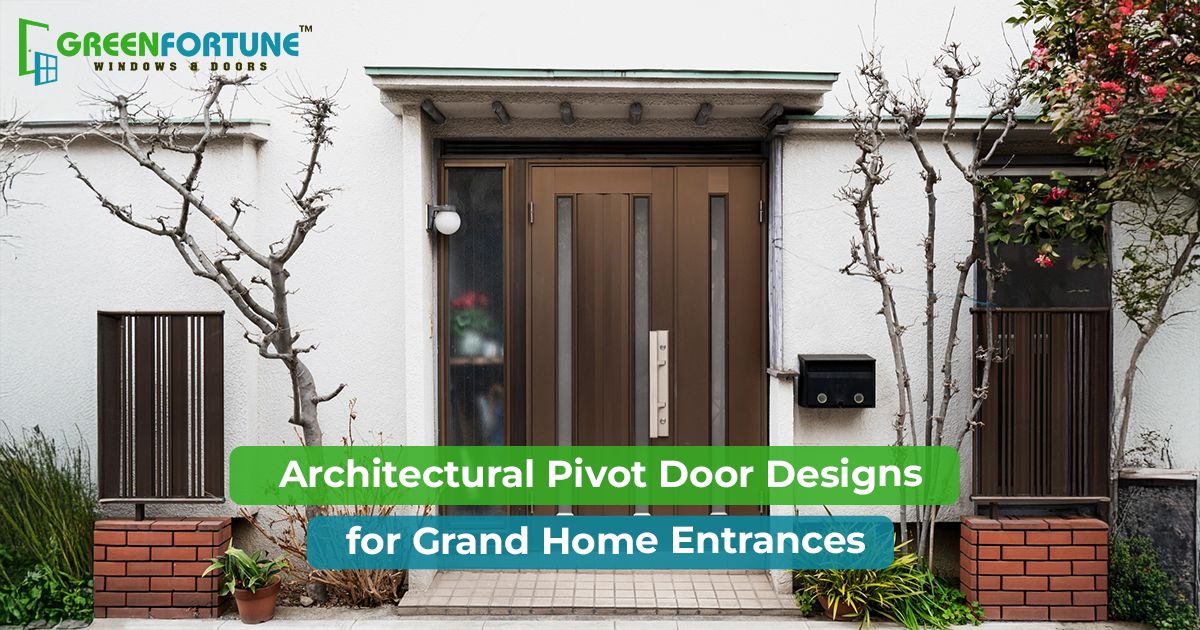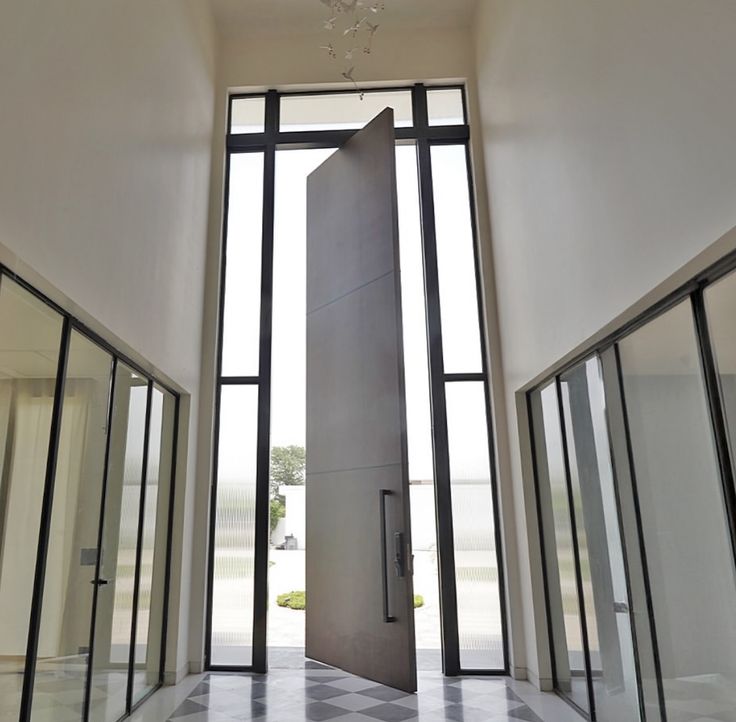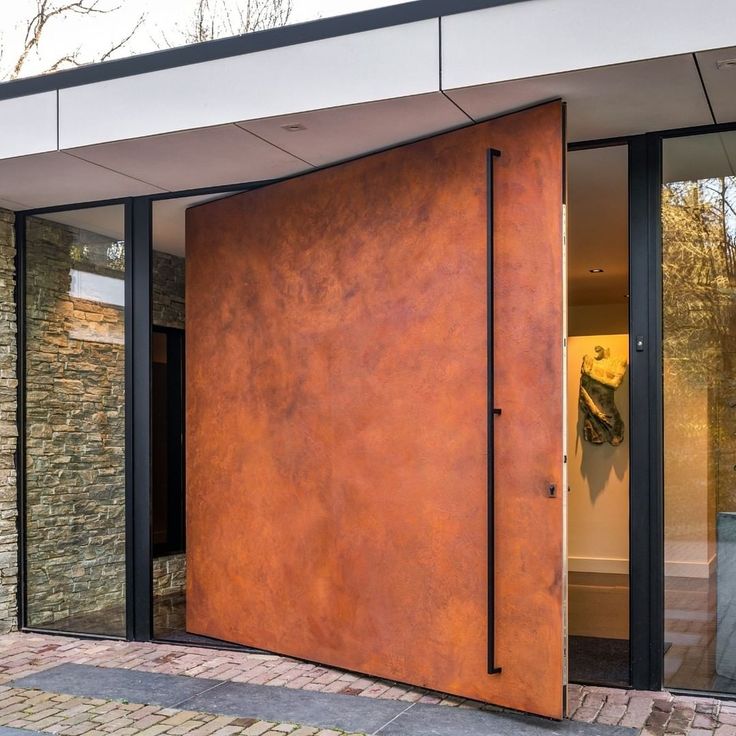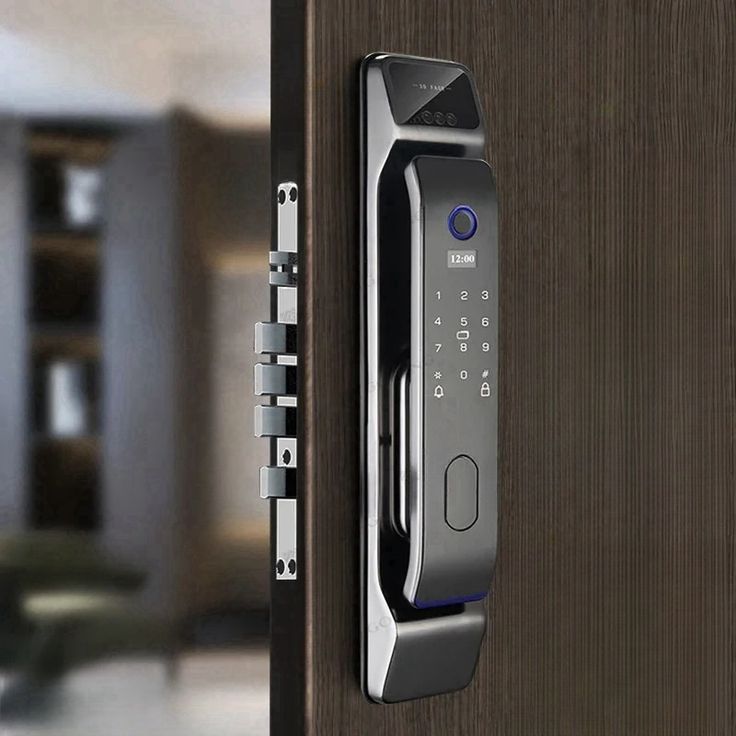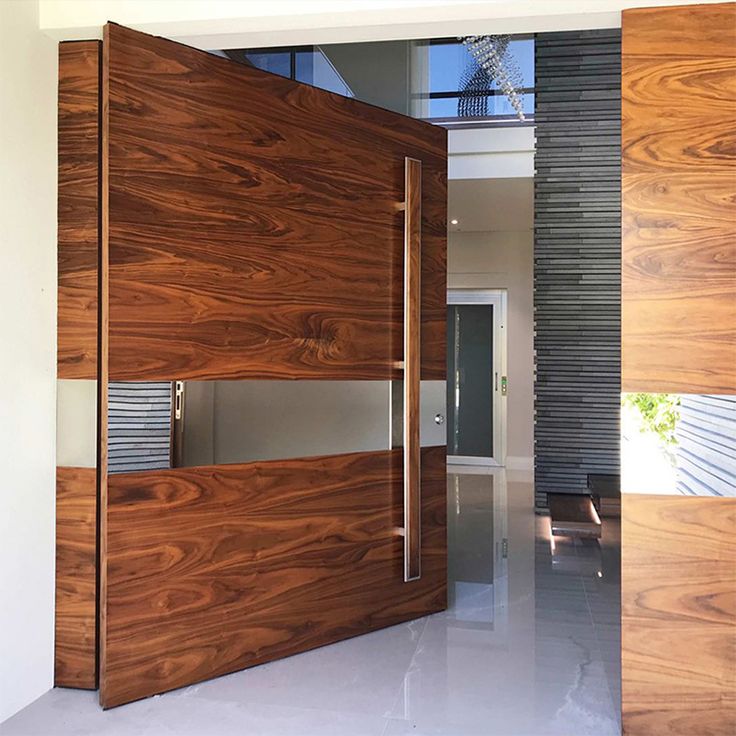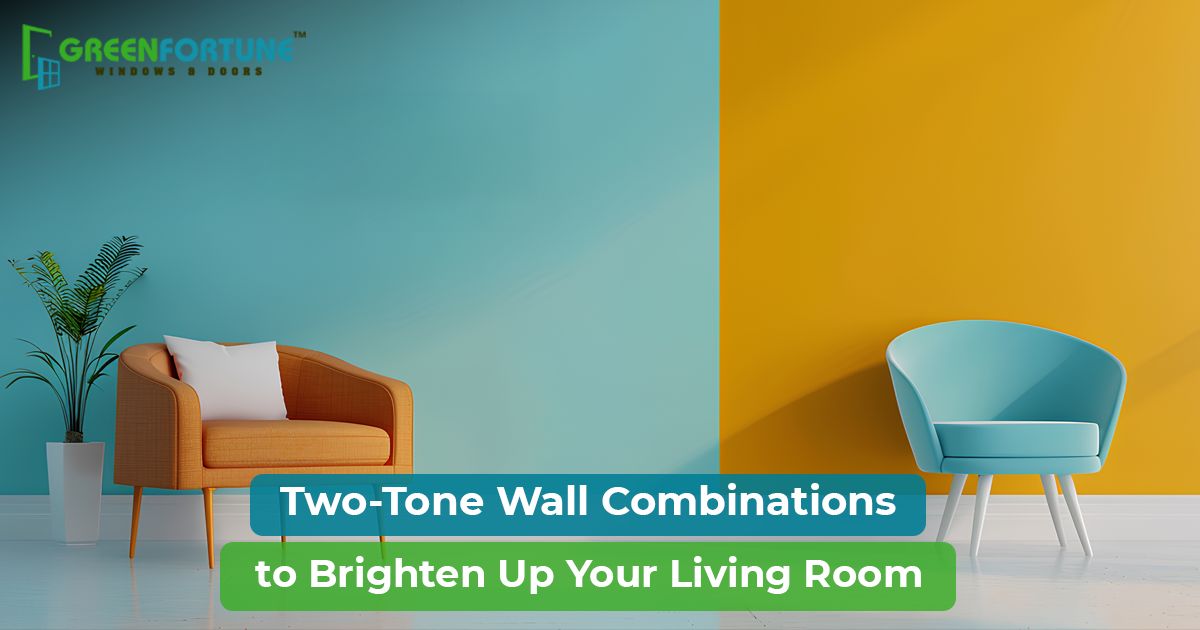
Top 10 Two Colour Combination For Living Room Walls
August 25, 2025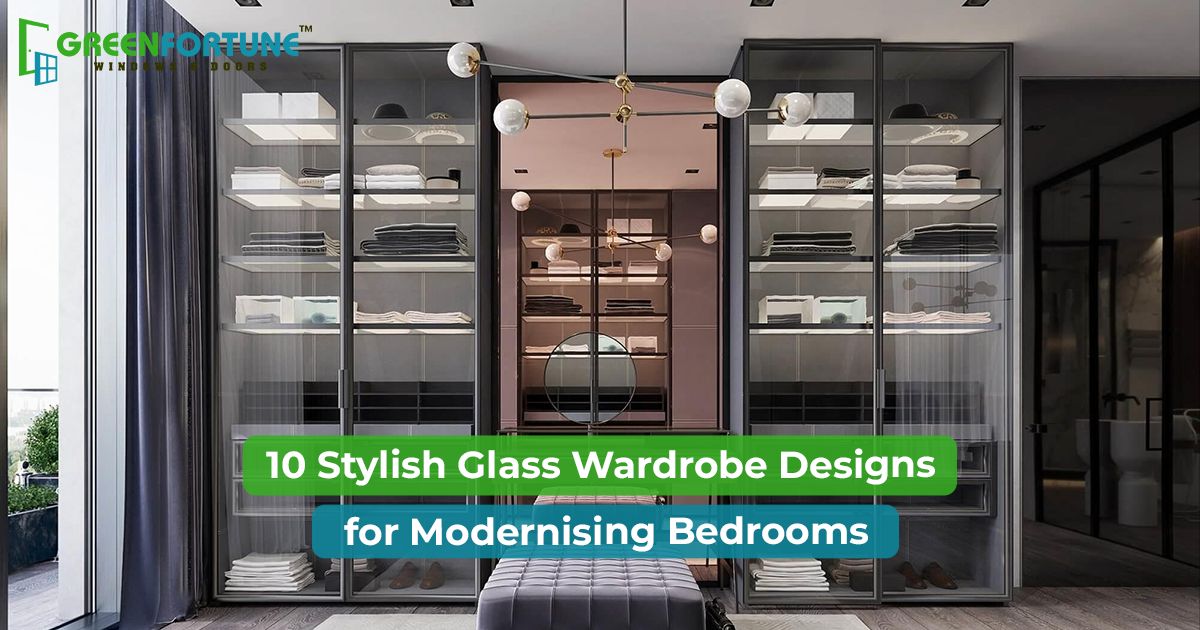
Sleek Glass Wardrobe Design Ideas for Modern Bedrooms
August 26, 2025If you’ve been exploring ways to make your entrance stand out, you’ve probably come across architectural pivot doors. These are not just bigger versions of regular doors. They are statement pieces, conversation starters, and practical solutions all in one. They change the way a space feels the moment someone walks in.
However, before you rush into buying one, let’s break down how they can transform your home or office.
Table of contents
- What exactly are architectural pivot doors?
- Why are people choosing pivot doors instead of regular doors?
- What materials work best for architectural pivot doors?
- What are the benefits of architectural pivot doors?
- Are pivot doors secure enough for a main entrance?
- Can pivot doors handle the weather well?
- How heavy can they be?
- Are they energy-efficient?
- How much space do you need for a pivot door?
- Give your home the upgrade it deserves with premium uPVC doors and windows.
What exactly are architectural pivot doors?
An architectural pivot door works differently from a regular hinged door. Instead of hinges on the side, it rotates on a pivot point set somewhere along the top and bottom of the door. This allows the door to swing open in a smooth, balanced way. The pivot can be in the center, near the side, or anywhere in between, depending on the design.
Because of this unique mechanism, architectural pivot doors can be much larger and heavier than normal doors without being hard to operate. They’re often used in luxury homes, hotels, and modern office spaces, but now more homeowners are choosing them for their front entrances.
Why are people choosing pivot doors instead of regular doors?
The first reason is the look. Pivot doors create a strong first impression. They look sleek and can be made in bigger sizes, so they have a grander presence.
The second reason is flexibility. You can use almost any material: wood, metal, glass, or even a mix. That opens up a lot of architectural pivot door design ideas for both modern and traditional homes.
The third reason is how they move. That smooth, floating motion is different from anything you get with regular doors. It feels solid, yet effortless.
What materials work best for architectural pivot doors?
You can get architectural pivot doors in timber, metal, glass, or a combination. Solid wood gives warmth and richness. Steel and aluminium offer strength and modern appeal. Glass brings in natural light and connects the inside to the outside.
For harsh climates, many homeowners prefer aluminium-clad timber for durability. The choice comes down to your climate, maintenance preference, and the look you’re going for.
What are the benefits of architectural pivot doors?
One big benefit of architectural pivot doors is design freedom. Since they don’t rely on side hinges, they can be much taller and wider. That means you can have a door that matches the scale of a large façade without breaking the look with multiple panels.
They’re also easier to operate in large sizes. A heavy hinged door would take effort to push, but a pivot door distributes the weight better.
Another plus is durability. The pivot hardware is built to handle more weight and stress over time, so it can last longer if installed correctly.
And because you can choose almost any material, you can match the door to your home’s style, minimalist, industrial, warm and rustic, or completely custom.
Are pivot doors secure enough for a main entrance?
Yes, if you choose a good design and quality hardware. Modern pivot doors come with multi-point locking systems that secure the door at multiple spots along the frame. You can also use reinforced cores and high-security glass if needed.
The only thing to keep in mind is proper installation. A poorly installed pivot door can have gaps or alignment issues that affect both security and insulation.
Can pivot doors handle the weather well?
With proper sealing, yes. High-quality pivot doors have weatherstripping along the edges and thresholds to keep out wind, rain, and dust. In coastal or very hot regions, the choice of materials matters; for example, treated hardwood, aluminium, or composite materials will last longer than untreated wood.
This is where your architectural pivot doors installation guide comes in handy — professional installers know how to set up the seals and hardware to handle local climate conditions.
How heavy can they be?
Heavier than you might expect. A standard door might be 90 cm wide, but pivot doors can easily go up to 1.5 or even 2 meters in width. Some large ones can weigh over 200 kg.
Because of the pivot system, even these heavy doors can be opened with one hand. But you must choose hardware that matches the weight and usage of your door. Cheaper pivot kits may not handle heavy doors over time.
Are they energy-efficient?
A poorly sealed pivot door can let in drafts, but modern designs address this with weatherstripping and insulated cores. Glass pivot doors can use double or triple glazing for better thermal performance.
If you’re in a very hot or cold climate, ask your supplier about insulation options before buying.
How much space do you need for a pivot door?
You don’t necessarily need a bigger opening, but you do need to consider the swing space. Unlike hinged doors that swing from the edge, a pivot door swings partly inside and partly outside the frame. This means you’ll need to make sure there’s enough room on both sides for it to open comfortably.
If you have a narrow hallway right behind your entrance, you’ll want to plan the pivot point so it doesn’t block the space too much.
How much do architectural pivot doors cost?
It varies widely.
Prices typically start around ₹60,000–₹80,000 for basic wooden models. Premium designs in hardwood, aluminium, or glass can range from ₹1.5 lakh to ₹4 lakh or more. Ultra-large, fully customised versions for luxury projects may exceed ₹6 lakh, especially with imported hardware and designer finishes.
Final Word
Architectural pivot doors aren’t just for high-end homes or commercial buildings anymore. With more designs, materials, and installation options available, they’ve become an accessible choice for anyone who wants their entrance to make a statement.
Whether you’re drawn to their grand size, smooth movement, or ability to blend form and function, a pivot door can be the feature that completely changes how people experience your home.
Before choosing one, take time to explore architectural pivot door design ideas, consult a professional for installation, and consider the long-term benefits of architectural pivot doors. Done right, your entrance won’t just be an entry point; it will be a masterpiece.
Give your home the upgrade it deserves with premium uPVC doors and windows.
Designed for durability, insulation, and timeless style, our products are perfect for Indian weather conditions. Enjoy low maintenance, excellent energy efficiency, and lasting elegance. Our team ensures precise installation and a flawless finish every time.
Choose Green Fortune to add beauty and performance to every corner of your home.
FAQs
- Can architectural pivot doors be made soundproof?
Yes, with the right materials and seals, architectural pivot doors can significantly reduce outside noise. Using dense cores or acoustic glass can make them suitable for busy streets or commercial spaces. Always discuss soundproofing options with your supplier before installation. - Do architectural pivot doors work well in coastal areas?
They can, provided you choose corrosion-resistant materials like marine-grade stainless steel or treated timber. Proper sealing is also essential to prevent salt and moisture damage. Many coastal homeowners pair them with protective finishes for longer life. - Can I automate an architectural pivot door?
Yes, automation is possible and quite popular for luxury homes and offices. Special pivot hardware can integrate with motorised systems for smooth, hands-free opening. Just make sure to plan the automation during the initial design phase.
architectural pivot doors for modern home door entrance


